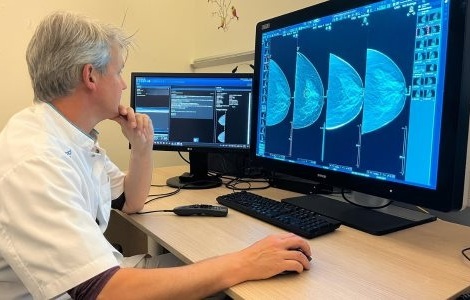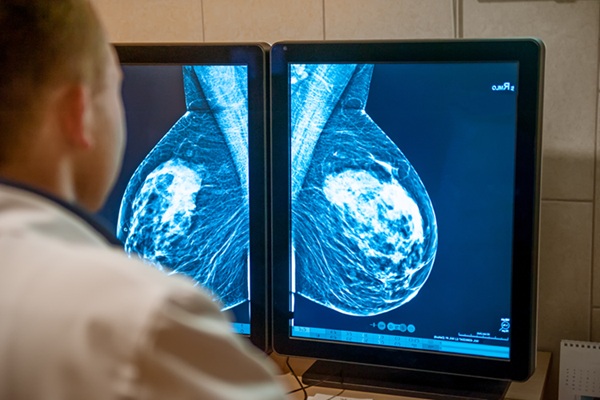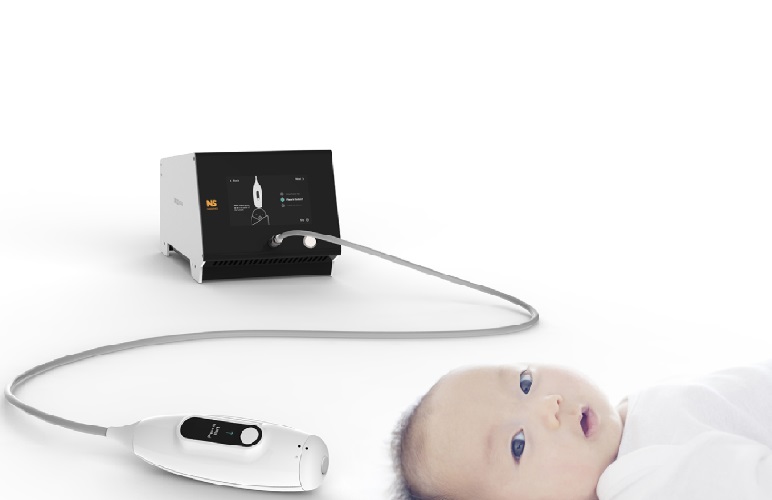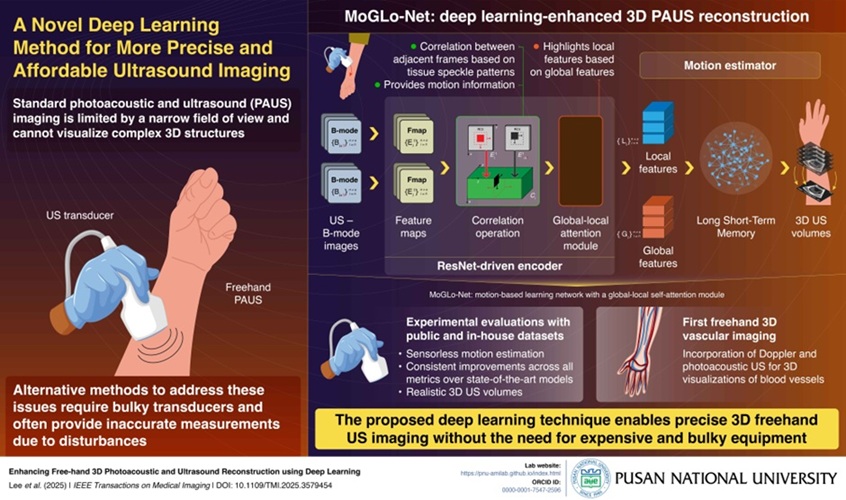Siemens Launches World’s First CT Scanner With Photon-Counting Technology
|
By MedImaging International staff writers Posted on 24 Nov 2021 |
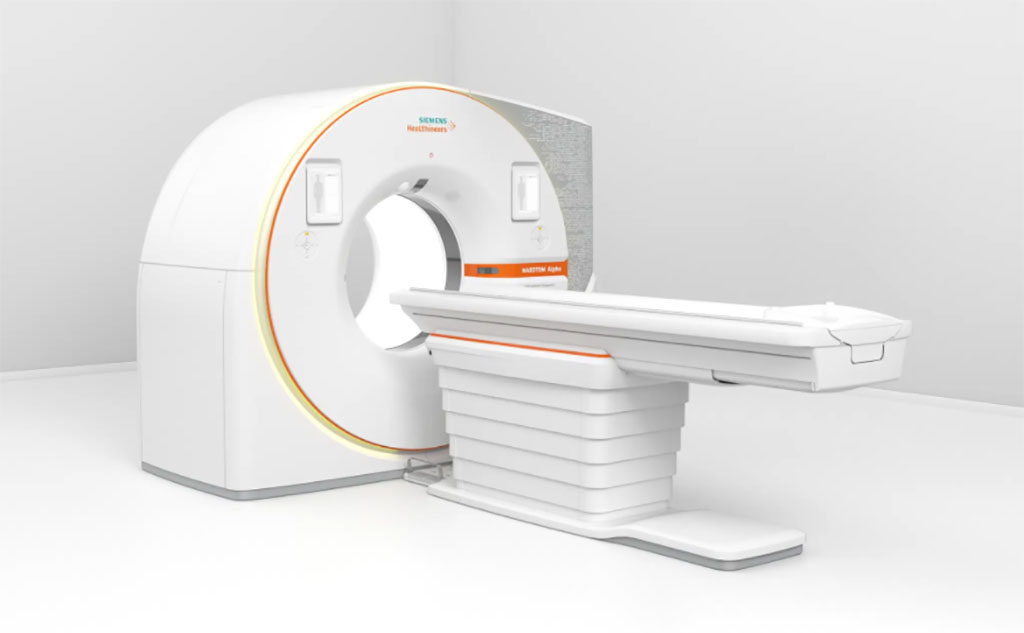
Siemens Healthineers (Erlangen, Germany) has launched Naeotom Alpha, the world’s first photon-counting CT scanner, with the system cleared for clinical use in the US and Europe.
Conventional CT imaging has reached its technical limitations: Resolution can only be improved by small margins and dose cannot be reduced significantly: Photon-counting technology enables drastic improvements. These improvements include an increase in resolution and a reduction in radiation dose by up to 45% for ultra-high resolution (UHR) scans compared with conventional CT detectors with a UHR comb filer. This would be impossible with conventional detectors. Photon-counting scans contain more useable data, due to the fact that photon-counting technology directly detects each X-ray photon and its energy level instead of first converting it into visible light as with conventional CT imaging.
These aspects combined open up new capabilities, such as scanning a patient’s lung at a high scan speed and getting high-resolution images with inherent spectral information– without the patient having to hold their breath. This spectral information also helps to identify materials inside the body that can even be removed from the image should they obstruct an area of interest. This helps physicians to assess issues quickly and offers the possibility to start treatment early. Through the reduction in radiation dose, regular examinations, such as lung cancer screenings using CT imaging can become routinely available for larger patient populations. And the high resolution reveals even small structures, taking clinical decision-making to a new level of confidence. The technical complexity of photon-counting CT imaging does not mean increased complexity for the user, thanks to myExam Companion from Siemens.
The clinical fields of cardiac imaging, oncology, and pulmonology all have their own unique demands of medical images. In cardiac imaging, it is capturing the heart while moving, which therefore requires speed. Naeotom Alpha delivers speed thanks to its Dual Source design and benefits from spectral information and high resolution for removing obstructions caused by calcifications. This enables diagnostic assessment and allows more patients to benefit from CT imaging –even those with a high calcium burden.
The high precision offered by Naeotom Alpha is also highly beneficial in oncology, where reliable and consistent evaluation of disease progress is the most important factor. Therefore, clinical images need to be as conclusive and consistent as possible to make the right decisions. In pulmonology, images need to contain all meaningful answers in as few scans as possible to avoid delays in treatment and potentially severe consequences for patients. These needs are met and often exceeded by Naeotom Alpha’s features. Its clinical images inherently carry more information than ever possible before for precise diagnosis, follow-up, and treatment. The new technology adds clinical value for fast and reliable diagnoses by the physician by improving image quality, potentially leading to less uncertainty for physicians and patients. It helps in almost every clinical field, but especially when fine structures have to be evaluated.
“More than 15 years ago, work on photon-counting CT and this clinical vision started at Siemens Healthineers. We always believed in the tremendous clinical value and relentlessly worked on it together with our partners,” said Philipp Fischer, Head of Computed Tomography at Siemens Healthineers. “Today, with the introduction of Naeotom Alpha, we are taking a huge step in furthering patient care in a wide range of clinical domains by effectively showing things impossible to see with conventional CT scans. This required a radical rethinking of practically every technological aspect of computed tomography.”
Related Links:
Siemens Healthineers
Latest General/Advanced Imaging News
- New Ultrasmall, Light-Sensitive Nanoparticles Could Serve as Contrast Agents
- AI Algorithm Accurately Predicts Pancreatic Cancer Metastasis Using Routine CT Images
- Cutting-Edge Angio-CT Solution Offers New Therapeutic Possibilities
- Extending CT Imaging Detects Hidden Blood Clots in Stroke Patients
- Groundbreaking AI Model Accurately Segments Liver Tumors from CT Scans
- New CT-Based Indicator Helps Predict Life-Threatening Postpartum Bleeding Cases
- CT Colonography Beats Stool DNA Testing for Colon Cancer Screening
- First-Of-Its-Kind Wearable Device Offers Revolutionary Alternative to CT Scans
- AI-Based CT Scan Analysis Predicts Early-Stage Kidney Damage Due to Cancer Treatments
- CT-Based Deep Learning-Driven Tool to Enhance Liver Cancer Diagnosis
- AI-Powered Imaging System Improves Lung Cancer Diagnosis
- AI Model Significantly Enhances Low-Dose CT Capabilities
- Ultra-Low Dose CT Aids Pneumonia Diagnosis in Immunocompromised Patients
- AI Reduces CT Lung Cancer Screening Workload by Almost 80%
- Cutting-Edge Technology Combines Light and Sound for Real-Time Stroke Monitoring
- AI System Detects Subtle Changes in Series of Medical Images Over Time
Channels
Radiography
view channel
AI Generates Future Knee X-Rays to Predict Osteoarthritis Progression Risk
Osteoarthritis, a degenerative joint disease affecting over 500 million people worldwide, is the leading cause of disability among older adults. Current diagnostic tools allow doctors to assess damage... Read more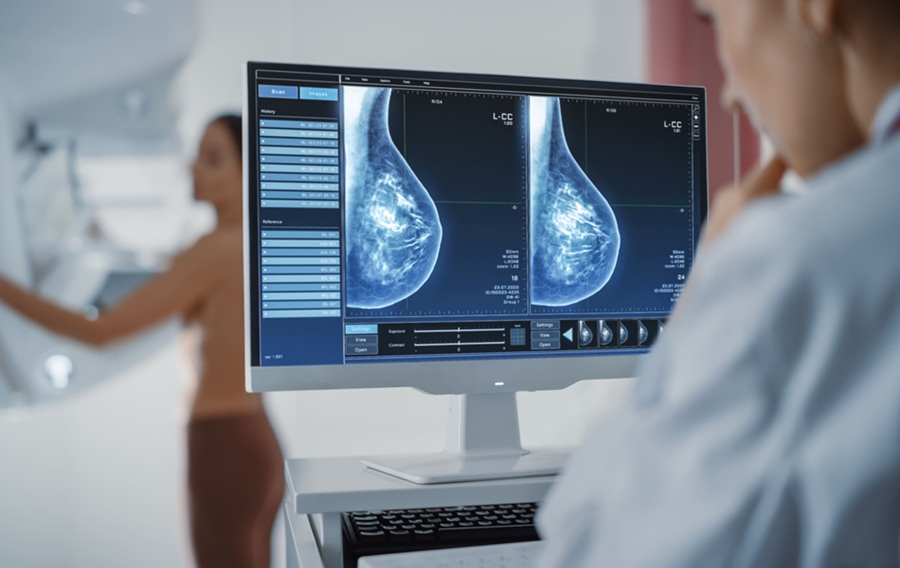
AI Algorithm Uses Mammograms to Accurately Predict Cardiovascular Risk in Women
Cardiovascular disease remains the leading cause of death in women worldwide, responsible for about nine million deaths annually. Despite this burden, symptoms and risk factors are often under-recognized... Read moreMRI
view channel
AI-Assisted Model Enhances MRI Heart Scans
A cardiac MRI can reveal critical information about the heart’s function and any abnormalities, but traditional scans take 30 to 90 minutes and often suffer from poor image quality due to patient movement.... Read more
AI Model Outperforms Doctors at Identifying Patients Most At-Risk of Cardiac Arrest
Hypertrophic cardiomyopathy is one of the most common inherited heart conditions and a leading cause of sudden cardiac death in young individuals and athletes. While many patients live normal lives, some... Read moreUltrasound
view channel
Ultrasound Probe Images Entire Organ in 4D
Disorders of blood microcirculation can have devastating effects, contributing to heart failure, kidney failure, and chronic diseases. However, existing imaging technologies cannot visualize the full network... Read more
Disposable Ultrasound Patch Performs Better Than Existing Devices
Wearable ultrasound devices are widely used in diagnostics, rehabilitation monitoring, and telemedicine, yet most existing models rely on lead-based piezoelectric ceramics that pose health and environmental risks.... Read moreNuclear Medicine
view channel
New Imaging Solution Improves Survival for Patients with Recurring Prostate Cancer
Detecting recurrent prostate cancer remains one of the most difficult challenges in oncology, as standard imaging methods such as bone scans and CT scans often fail to accurately locate small or early-stage tumors.... Read more
PET Tracer Enables Same-Day Imaging of Triple-Negative Breast and Urothelial Cancers
Triple-negative breast cancer (TNBC) and urothelial bladder carcinoma (UBC) are aggressive cancers often diagnosed at advanced stages, leaving limited time for effective treatment decisions.... Read more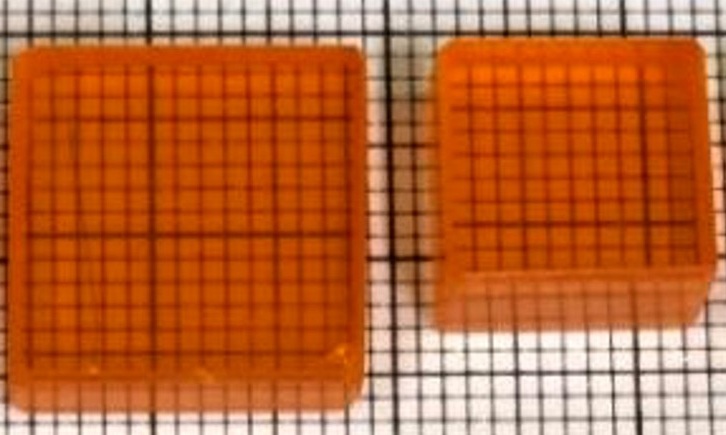
New Camera Sees Inside Human Body for Enhanced Scanning and Diagnosis
Nuclear medicine scans like single-photon emission computed tomography (SPECT) allow doctors to observe heart function, track blood flow, and detect hidden diseases. However, current detectors are either... Read more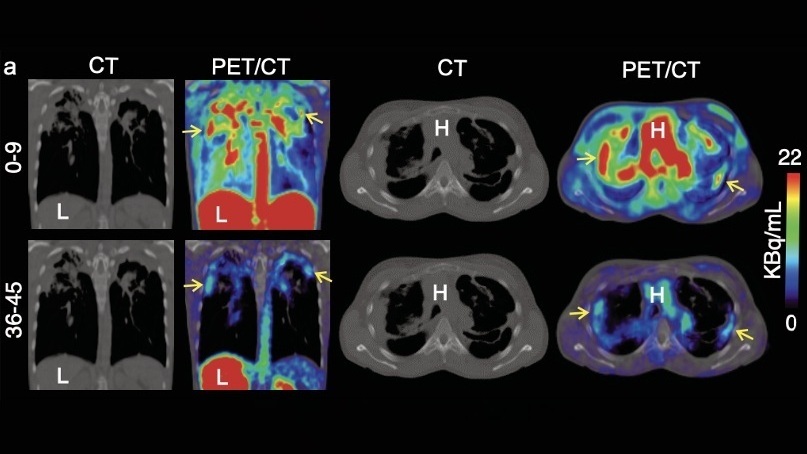
Novel Bacteria-Specific PET Imaging Approach Detects Hard-To-Diagnose Lung Infections
Mycobacteroides abscessus is a rapidly growing mycobacteria that primarily affects immunocompromised patients and those with underlying lung diseases, such as cystic fibrosis or chronic obstructive pulmonary... Read moreImaging IT
view channel
New Google Cloud Medical Imaging Suite Makes Imaging Healthcare Data More Accessible
Medical imaging is a critical tool used to diagnose patients, and there are billions of medical images scanned globally each year. Imaging data accounts for about 90% of all healthcare data1 and, until... Read more
Global AI in Medical Diagnostics Market to Be Driven by Demand for Image Recognition in Radiology
The global artificial intelligence (AI) in medical diagnostics market is expanding with early disease detection being one of its key applications and image recognition becoming a compelling consumer proposition... Read moreIndustry News
view channel
GE HealthCare and NVIDIA Collaboration to Reimagine Diagnostic Imaging
GE HealthCare (Chicago, IL, USA) has entered into a collaboration with NVIDIA (Santa Clara, CA, USA), expanding the existing relationship between the two companies to focus on pioneering innovation in... Read more
Patient-Specific 3D-Printed Phantoms Transform CT Imaging
New research has highlighted how anatomically precise, patient-specific 3D-printed phantoms are proving to be scalable, cost-effective, and efficient tools in the development of new CT scan algorithms... Read more
Siemens and Sectra Collaborate on Enhancing Radiology Workflows
Siemens Healthineers (Forchheim, Germany) and Sectra (Linköping, Sweden) have entered into a collaboration aimed at enhancing radiologists' diagnostic capabilities and, in turn, improving patient care... Read more












